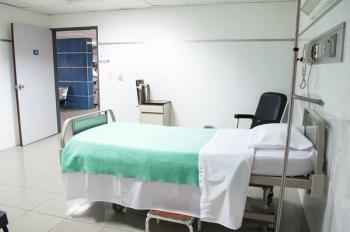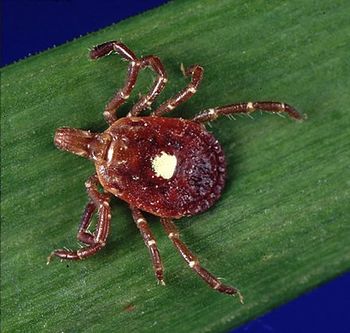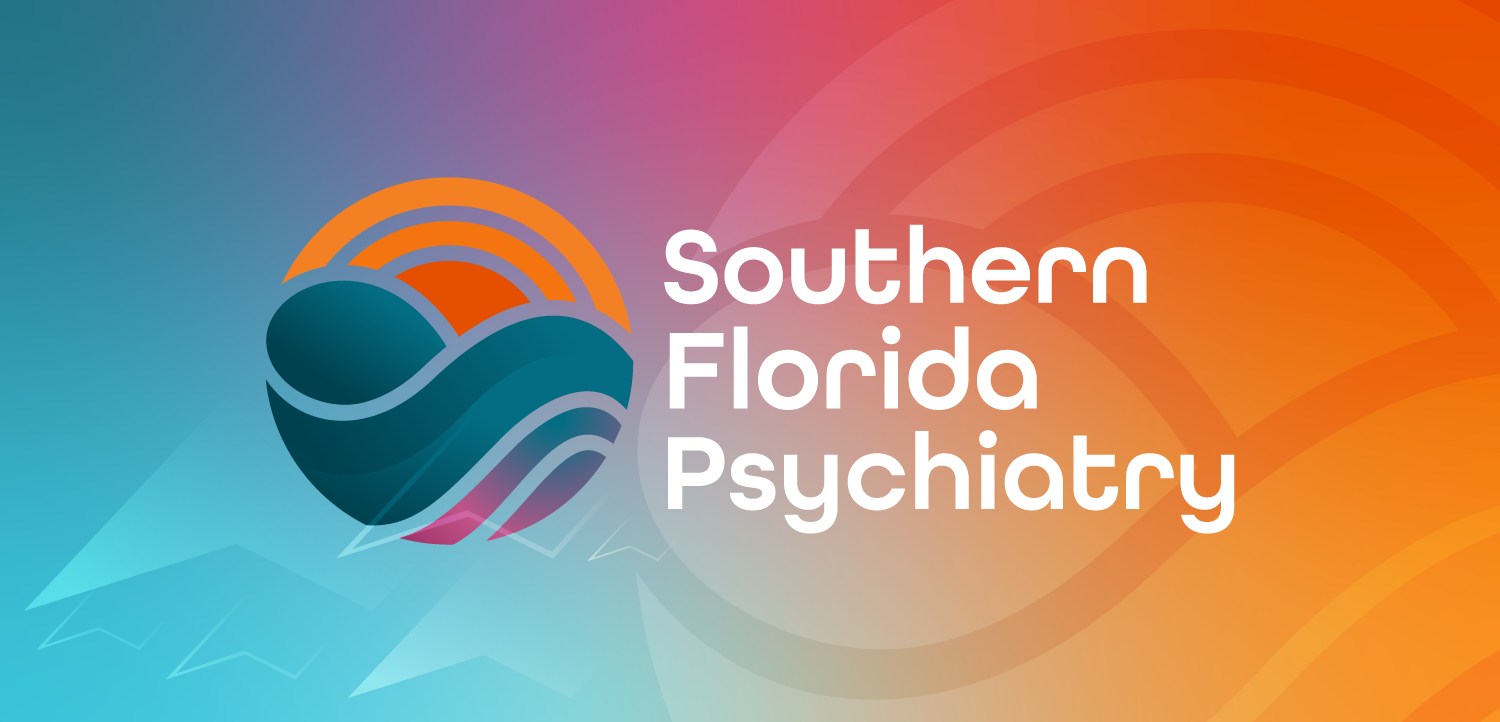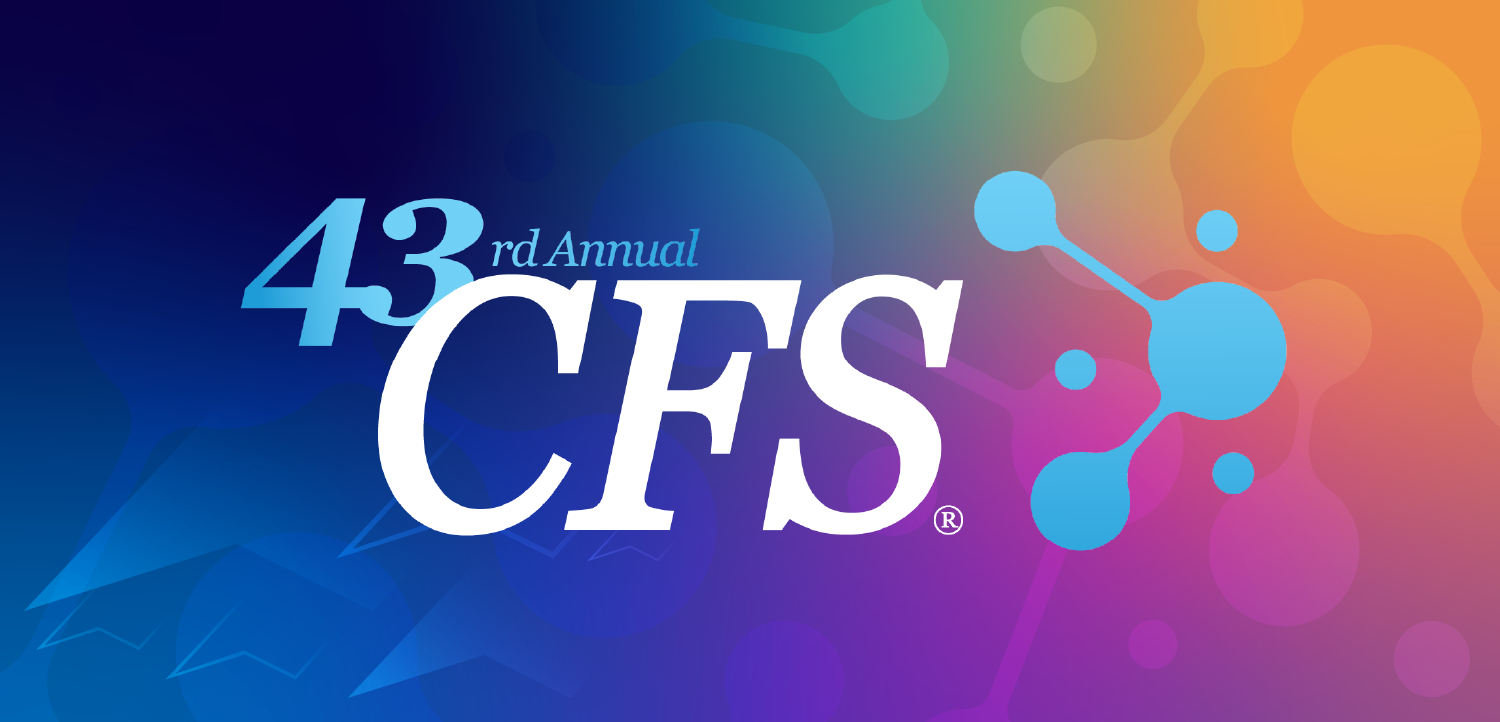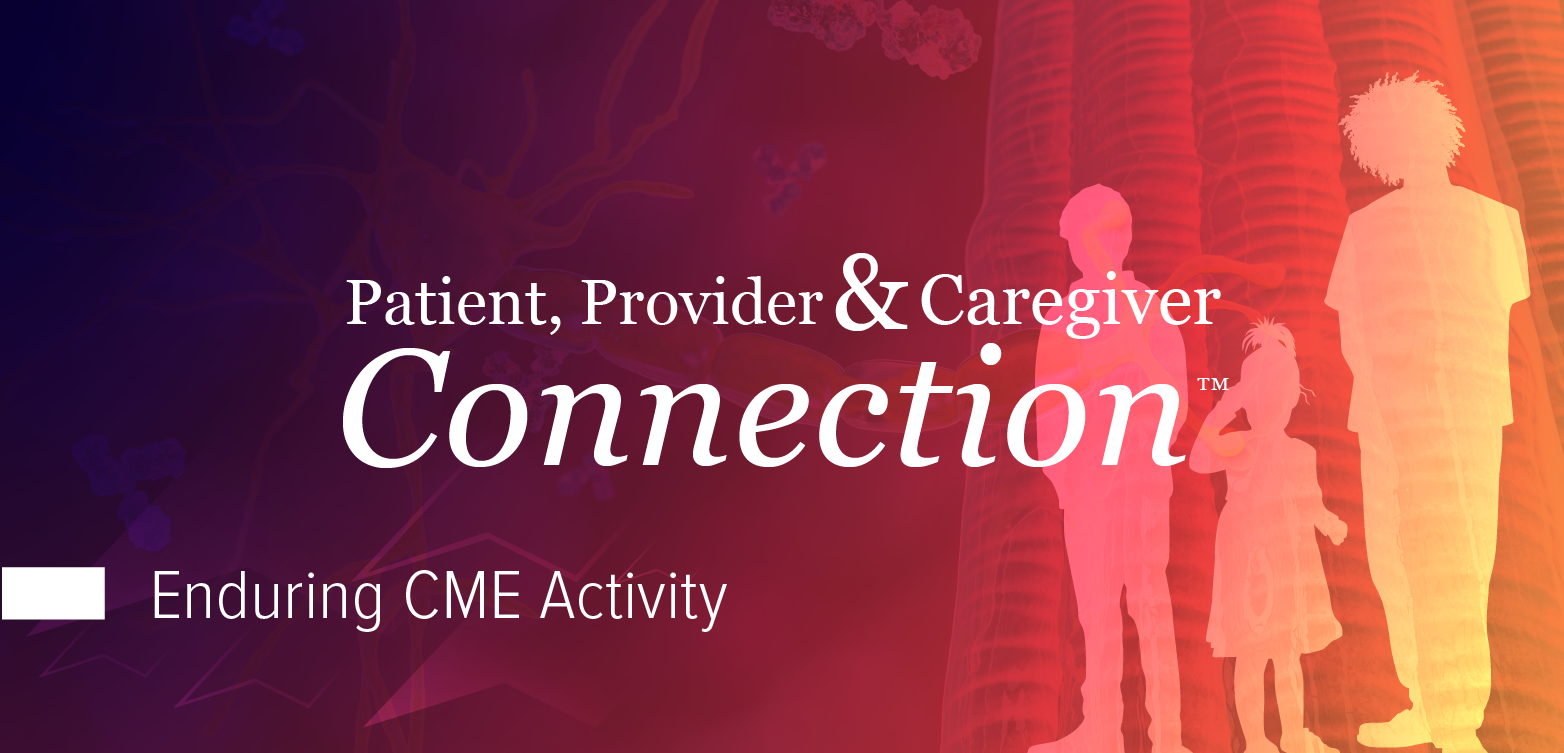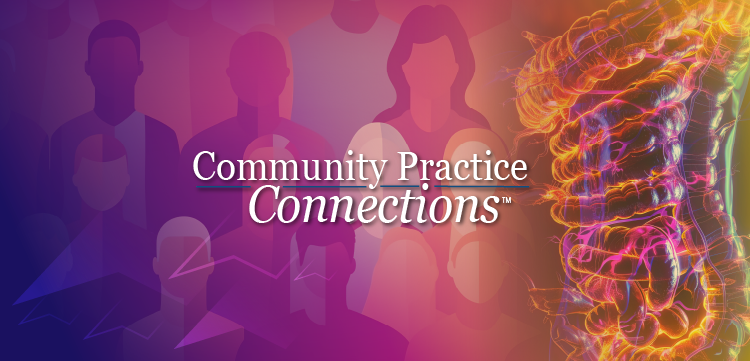A new study presented at ASM Microbe 2025 reported that elevated levels of airborne fungal spores may serve as a short-term predictor of increased COVID-19 and influenza case rates. Researchers analyzed data from 2 health regions in Puerto Rico and found that higher spore concentrations were consistently associated with spikes in reported infections.
The study, led by Lynn University and the RIPLRT Institute, applied statistical and machine learning models to assess the relationship between environmental allergen exposures and daily respiratory viral case counts between 2022 and 2024. The study focused on the metropolitan areas of San Juan and Caguas.
What You Need To Know
Elevated levels of airborne fungal spores were associated with short-term increases in COVID-19 and influenza case counts.
No significant correlation was found between airborne pollen levels and respiratory virus incidence.
Predictive models performed most accurately during the fall season, indicating potential for seasonal public health forecasting.
Spore and pollen data were collected from environmental monitoring stations colocated with health surveillance systems. The investigators found a strong correlation between increased fungal spore concentrations and subsequent increases in COVID-19 and influenza incidence, typically within several days. No significant association was observed with airborne pollen levels.
Models showed the strongest predictive performance in the fall, aligning with known respiratory virus seasonality. The analysis accounted for lag effects and suggested that fungal spore monitoring could provide public health officials with an early signal of impending viral surges.
Rivera-Mariani et al stated that environmental exposures may play a larger role in triggering respiratory virus activity than previously recognized. The authors noted that Puerto Rico provided a unique setting due to its consistent year-round exposure to fungal spores and existing infrastructure for environmental surveillance.
The research team plans to evaluate whether fungal exposures correlate with disease severity, including hospitalizations and mortality, and whether similar patterns are observable in other geographic regions. Discussions are ongoing regarding the integration of fungal surveillance into public health forecasting systems in collaboration with local agencies.
Reference
Rivera-Mariani FE, Borrero-Aponte AJ, Bolaños-Rosero B. Aeroallergen exposure as short-term predictor of respiratory viral infections in two health regions (San Juan-Metro and Caguas) in Puerto Rico: a seasonal and machine learning approach. Abstract 2025-LB-6067-MICROBE. Presented at ASM Microbe 2025. June 20, 2025. Los Angeles, CA.


